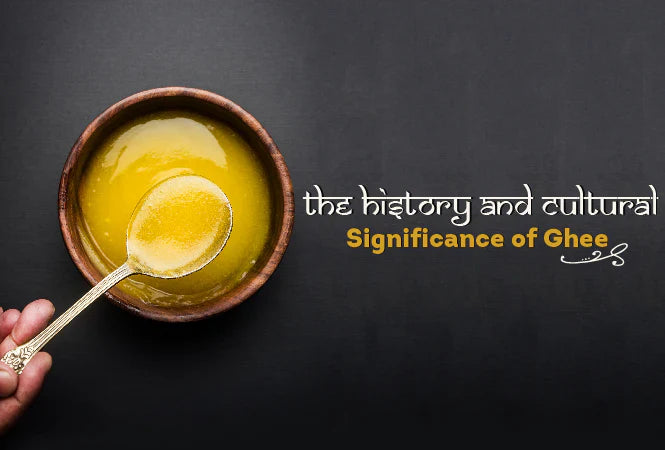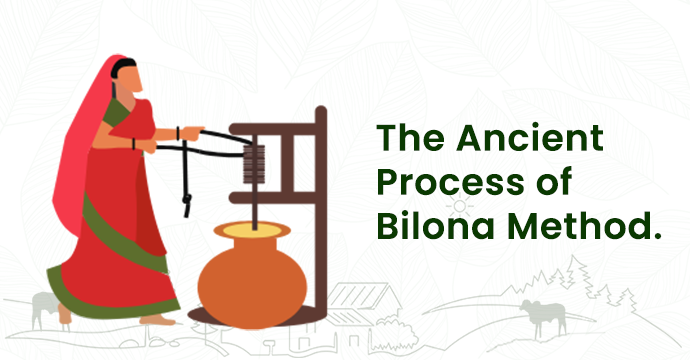The Art of Selecting Premium Ghee: A Texture Guide
Discover the art of selecting the perfect ghee through its texture, color, and aroma. Learn how traditional bilona method creates superior quality ghee that stands out in both taste and health benefits.
Understanding Ghee Texture
The texture of ghee is a crucial indicator of its quality. Pure bilona ghee has a distinct granular texture that sets it apart from industrially produced ghee. This texture is a result of the traditional churning process that preserves the natural properties of milk fat.
The Bilona Method
The bilona method involves churning curd to separate butter, which is then heated to create ghee. This traditional process ensures that the ghee retains its natural texture and nutritional properties.
More Benefits of Ghee
Ghee is rich in antioxidants, supports weight management, and is suitable for high-heat cooking due to its high smoke point.
Common Myths About Ghee
-
Myth: Ghee always increases cholesterol.
Fact: Moderate consumption can actually improve cholesterol balance. -
Myth: Ghee causes weight gain.
Fact: Ghee contains MCTs that may help with fat burning and satiety.
Tips for Using Ghee
Use ghee for sautéing, frying, or as a finishing touch on dishes for enhanced flavor and nutrition.
Key Benefits
Rich in Nutrients
Bilona ghee contains higher levels of essential fatty acids and fat-soluble vitamins compared to regular ghee.
Better Digestibility
The traditional preparation method makes bilona ghee easier to digest and more beneficial for gut health.
Frequently Asked Questions
How can I identify pure bilona ghee?
Pure bilona ghee has a distinct granular texture, golden color, and rich aroma. It should be solid at room temperature and melt smoothly when heated.
What is the shelf life of bilona ghee?
When stored properly in an airtight container away from direct sunlight, bilona ghee can last for up to 12 months.








